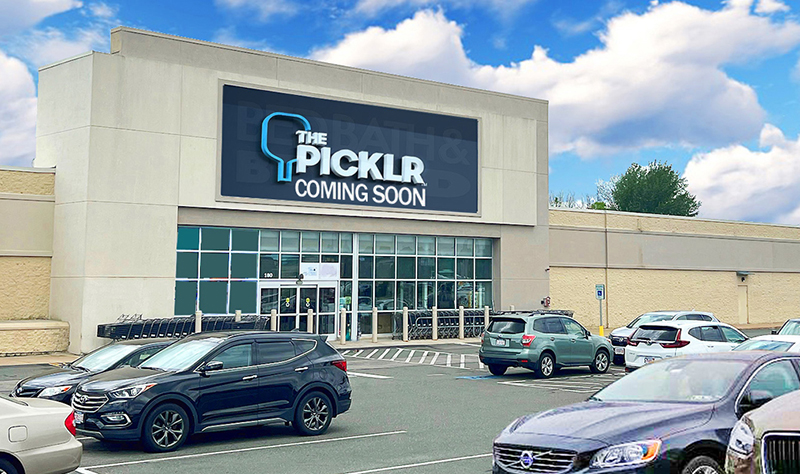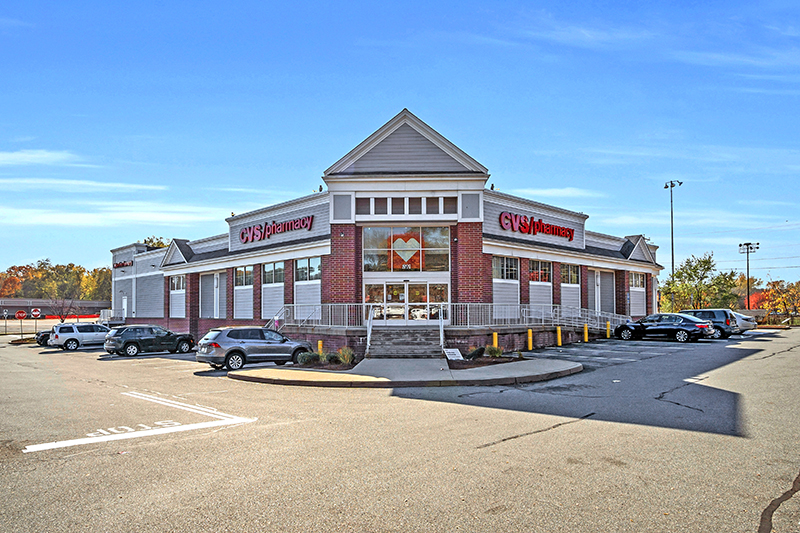News: Retail
Posted: August 21, 2014
August forecast in landscape architecture plant material market for 2015
Here in New England, swimming in the ocean is a traditional summer past time that is enjoyed by all. However, the temperature and conditions are critical to creating the perfect beach day! As most New Englanders and William Fleming Associates (WFA) can attest too, we all are starting to feel the "rip-tide" of the current plant material market. We worked with not only our current clients, but reached out to our industry suppliers, subcontractors, and other big driver programs in our profession, just to start swimming parallel against the up-coming "rip-tide" in the plant material market.
William Fleming Associates (WFA) started to hear murmurings about an upcoming plant material shortage "rip-tide" last fall, well the long anticipated plant material shortage "rip-tide" is here, and it is here to stay! Buyers and sellers of plant material in this new market are facing challenges beyond just prices. Prices have increased nearly 50% on average over last year. The price increases have caught many off guard but the increase in pricing is not the extent of the problem. When the plant material market is in a shortage it implies that certain species and quantities are simply impossible to find at any price. Many New England Nurseries have such low inventory levels that large orders cannot be fulfilled or are completely out of stock on many items.
Another issue that is compounding to the low inventory is that small caliper size specifications from municipalities are causing inventories to be sold much earlier than before. This results in smaller specified tree sizes. During the oversupply of plant material during the recession (is it over yet?!), plant material was held at nurseries for years past their initial ready date, allowing trees to add in size before shipment. This resulted in many trees that were sized larger than specified. After years of oversupply and over-sized trees, landscape architects, contractors, clients and municipalities have come to expect larger than specified trees. The expectations of the end user are no longer aligned with the environment the market is currently in. Trees no longer are being held past there ready date at nurseries, they are being shipped as soon as they have rooted in most cases. The end result is an inventory that is below industry standard minimums. In short the market is the following: prices are high, calipers are small or the plant material is not available at all.
The plant material shortage is not just for trees but for shrubs as well. The shortage in shrubs will not last as long as the shortage in trees as it takes considerably less time to grow a shrub than a tree. The shortage in shrubs is affecting local municipalities as shrub sizes are not meeting local zoning specified size specifications. The plant material shortage has also caused problems for landscape contractors to price projects accurately. Landscape contractors for commercial projects are performing balancing acts to win the bid and at the end of the project not be at risk for failing an inspection. The ramifications are complex with many unforeseen consequences affecting each project and everyone in the landscape development industry. WFA and other landscape architecture leaders must raise awareness and start to adjust everyone's expectations in light of the new market conditions. Everyone who has experienced being caught in a "rip-tide" has a responsibility to educate their clients so that they may align their expectations to the current market tide. The current market shortage could just be the beginning of a shortage that undoubtedly will last several years with residential and commercial construction on the rise, it is expected to get worse before it gets better so get ready for a long swim out of the "rip-tide."
During this plant material shortage there are some options that can ease the struggles of the current market from municipalities easing caliper / shrub size specifications to creating a zoning ordinance that relies on the motto "right plant for the right place" with extensive maintenance requirements such as bi-annual reviews. Landscape Architects also can play lifeguards and help everyone out of this current "rip-tide" by specifying a variety of species for trees and shrubs. Also abiding by the mantra "right plant for the right place " no matter what the municipalities specifications will help get us out of the "rip-tide." This requires Landscape Architects defending their planting plans with multiple memorandums to the municipalities they are working with, along with memorandums to their private clients explaining the different species of plant material that is being specified. William Fleming Associates has been fortunate enough to be lifeguards for many great clients and some of the best commercial developers throughout New England to guide them thru this current "rip-tide" and we would like to thank all of them!
William Fleming is a principal at William Fleming Associates, Inc., Stoneham, Mass.
Tags:
Retail
MORE FROM Retail
Mace of KeyPoint Partners negotiates 36,192 s/f lease for The Picklr at Endicott Square
Danvers, MA KeyPoint Partners (KPP) negotiated a lease with the nation’s premier indoor pickleball venue The Picklr at Endicott Sq. Vice president of retail brokerage Don Mace negotiated the transaction on behalf of the landlord.




.jpg)


.png)
